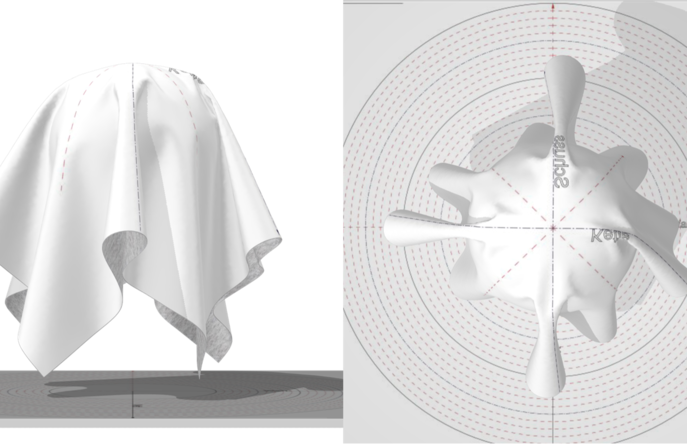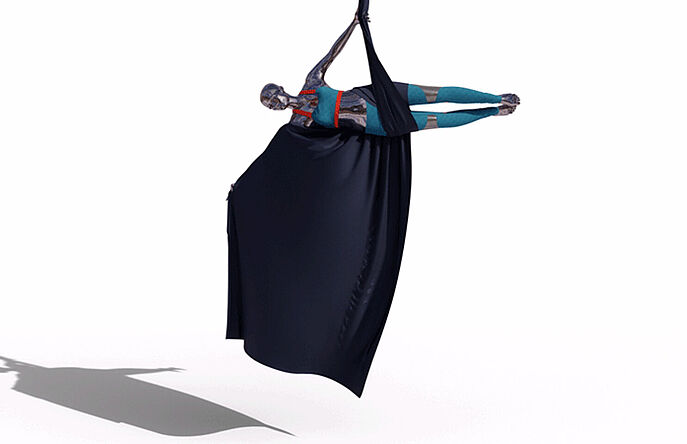BÖNNIGHEIM, Germany (March 4, 2021) – Textile testing partner Hohenstein will now help 3D designers and fabric suppliers create libraries of accurately digitized materials with a physical swatch book add on. The material parameters, based on Hohenstein’s universal translator approach, include data needed for consistent simulation across digital design platforms. The optional swatch book, which specifies the inputs for specific platforms, allows designers to see and feel the fabric samples they are using.
“Accurate digital material parameters are often neglected but have a huge impact on realistic simulation and fit,” says Simone Morlock, Head of Hohenstein’s Digital Fitting Lab. “We also recognize the value in getting your hands on the material. Even if the process is digital, these products are still being designed by - and for - humans.”
The new service addresses the challenges caused by lack of standardization, where each 3D program requires different parameters, uses different names and units and recommends different testing kits. Hohenstein’s universal translator approach was developed during an internal research project to standardize material digitization. It analyzed the different requirements, data formats, units and results of the various 3D apparel design systems. After narrowing the test parameters to five essential textile-physical tests, the laboratory created a conversion that ensures consistent visualization and behavior across the different systems.
Precise digital material parameters are the key to the successful use of 3D technologies for visualization and technical fit prototyping. Designers will access digitized materials that correlate exactly to the fabrics they have chosen. The swatch books can be customized by brands or suppliers to match specific collections. With the increased adoption of digital design, suppliers are under pressure to make their fabrics available in all digital formats. For suppliers wanting to reach these digital designers, ensuring their fabric is represented accurately, no matter what platform the customer is using, will be crucial.
In laboratory procedures specially adapted for 3D simulation, the Hohenstein experts determine the material's physical characteristics: weight, thickness, bending stiffness, elongation and crease volume and shape. The results are exported into the various file formats of the 3D simulation systems so that the digital material parameters are available in the appropriate file format for each customer. On request, Hohenstein can include texture data and 3D fabric images for visualization of specific drape behavior.
With consistent data, digital prototypes can be created that accelerate design, sourcing and approval processes and require significantly less material when making real samples for production. As an accredited laboratory for the comprehensive testing of textiles, Hohenstein combines many years of expertise in traditional garment fit development with digital technologies. In addition, the Hohenstein Academy offers numerous workshops on pattern development and 3D fitting.
More information: Hohenstein.US/Digital-Materials
###
With more than 40 offices and laboratories worldwide, Hohenstein is an international testing partner in the textile industry. Hohenstein’s research centers around the interaction between textiles, humans and the environment. It is a founding member and leading provider of the OEKO-TEX® portfolio of services such as the STANDARD 100 by OEKO-TEX® certification, the international standard for safe textiles, and is certified by the U.S. Consumer Products Safety Commission as a third-party, independent laboratory for CPSIA compliance verification. Hohenstein.US
Press Images





